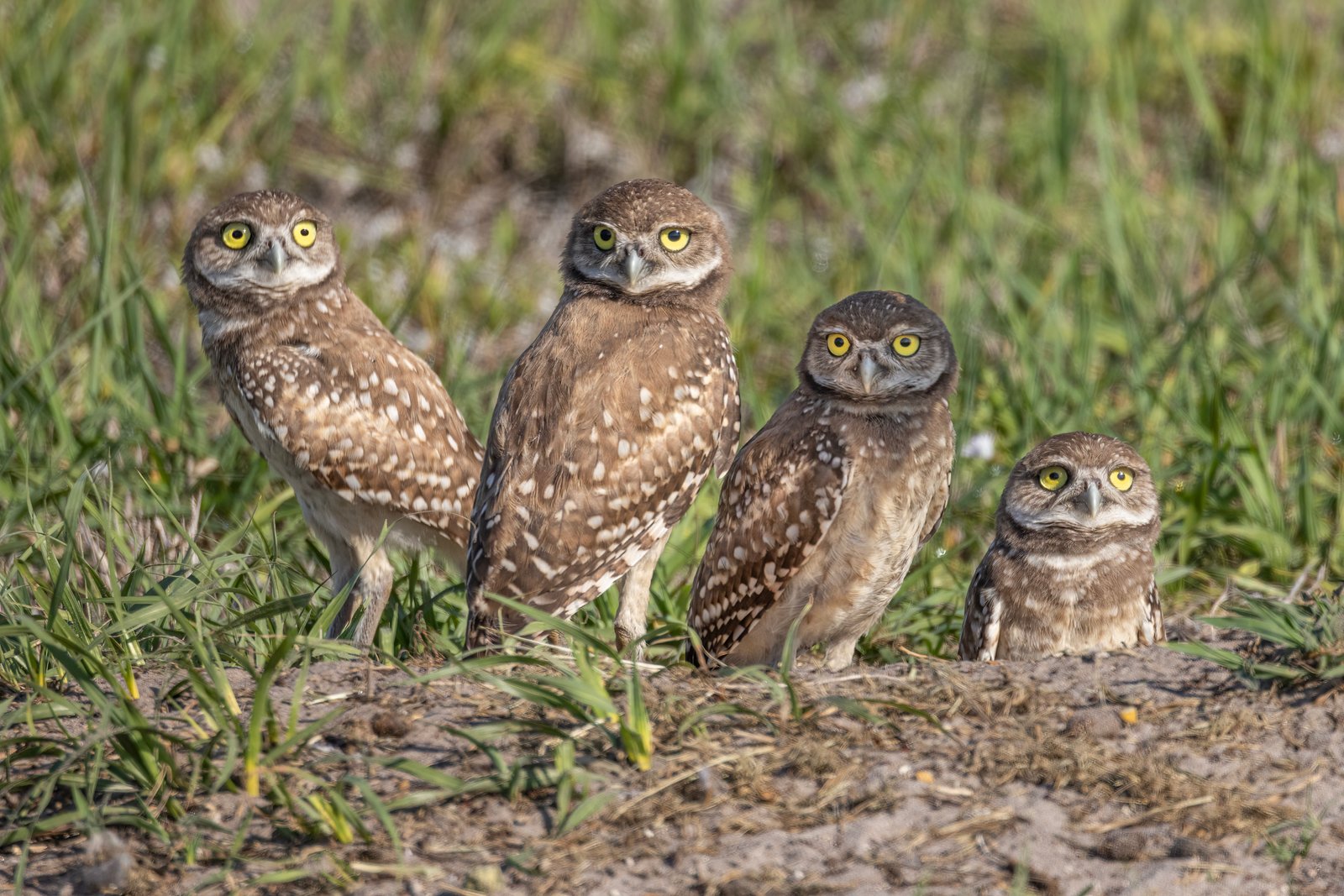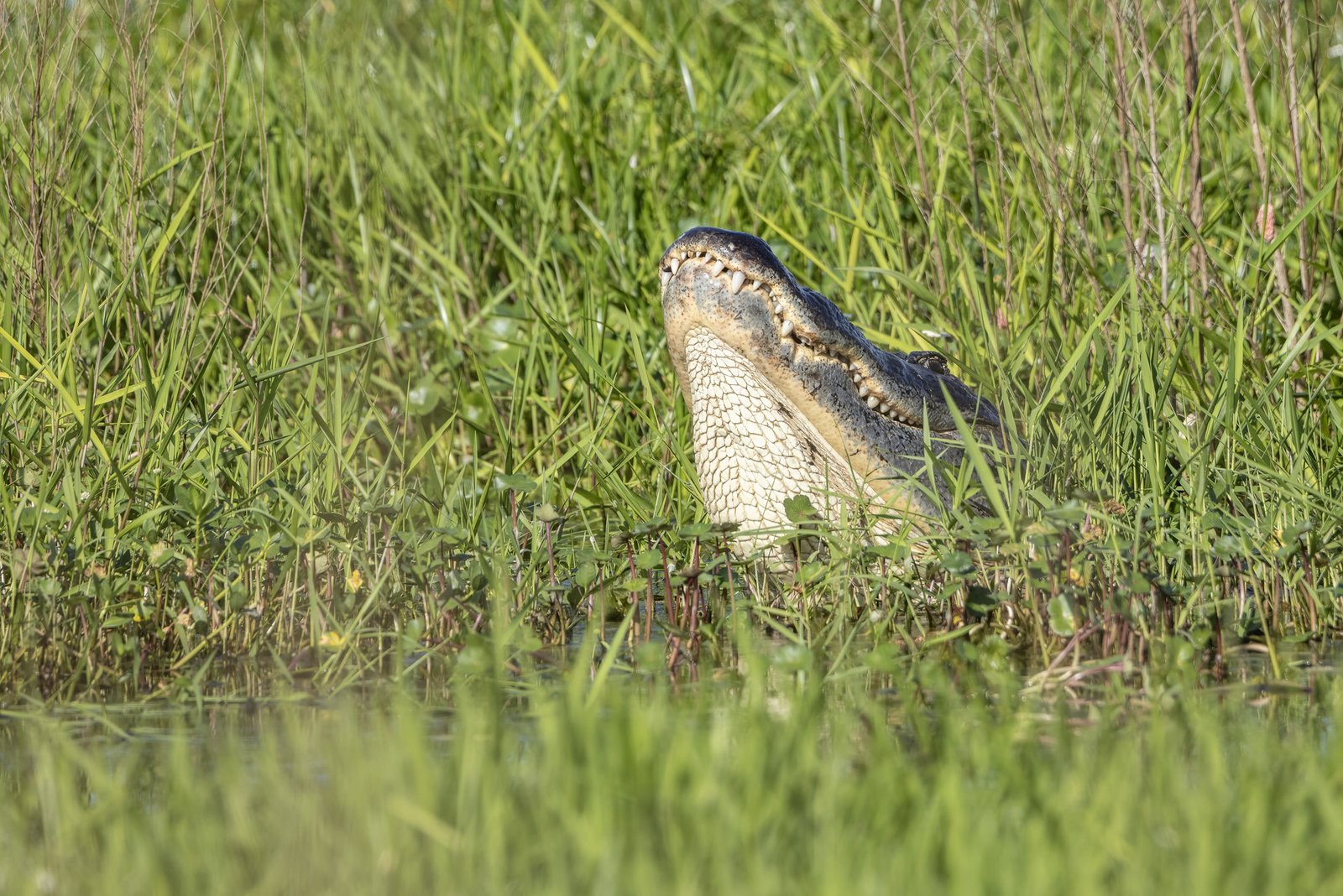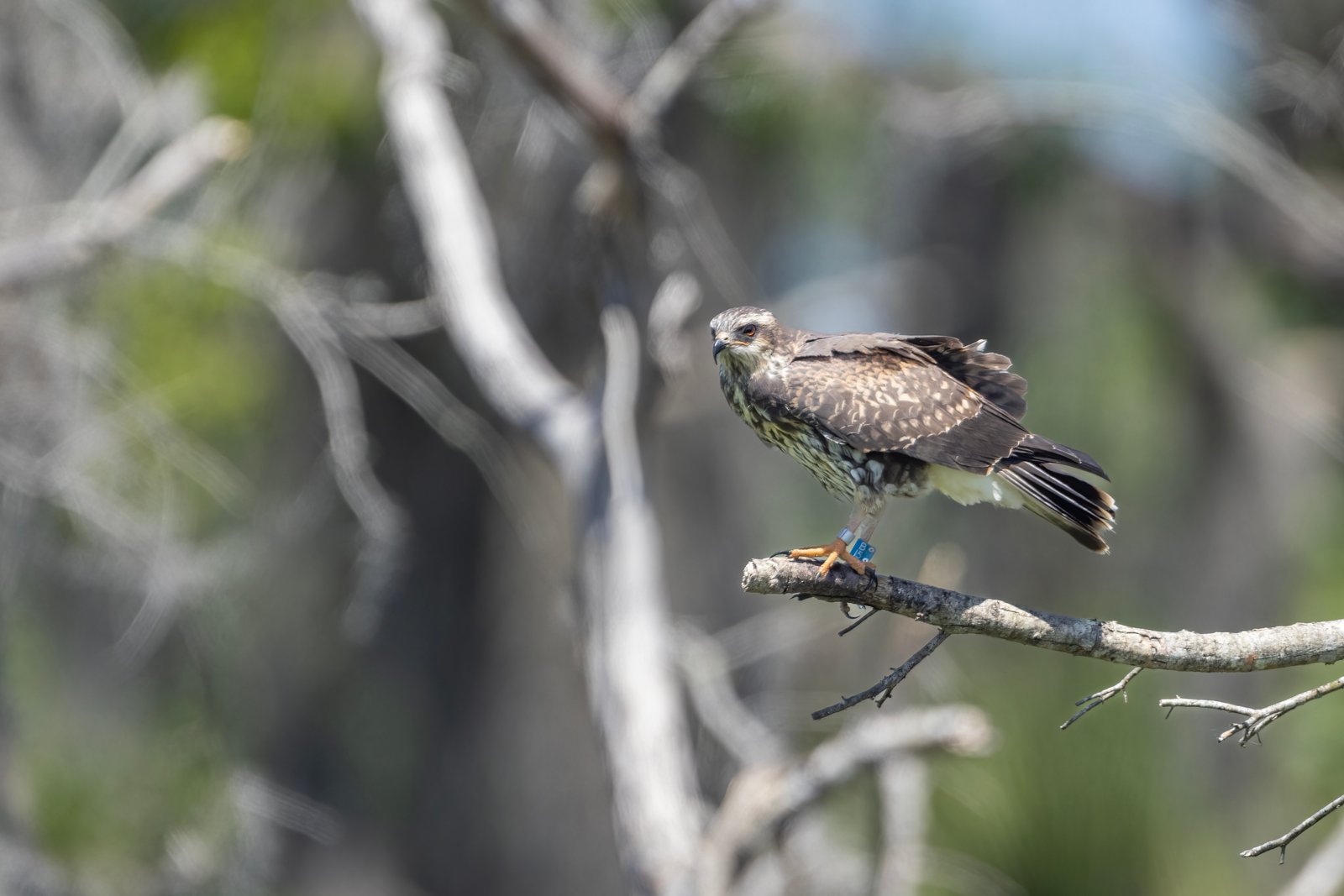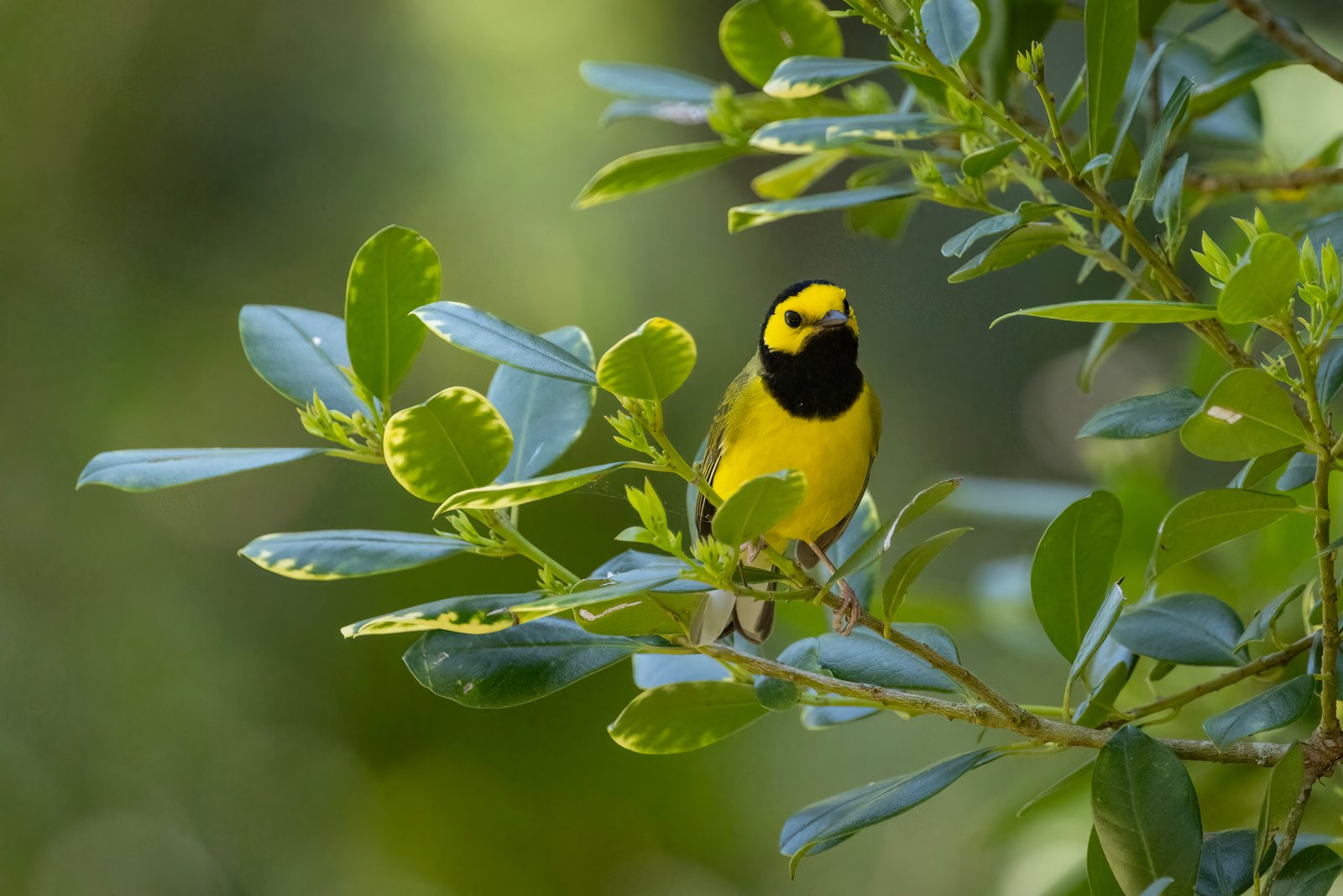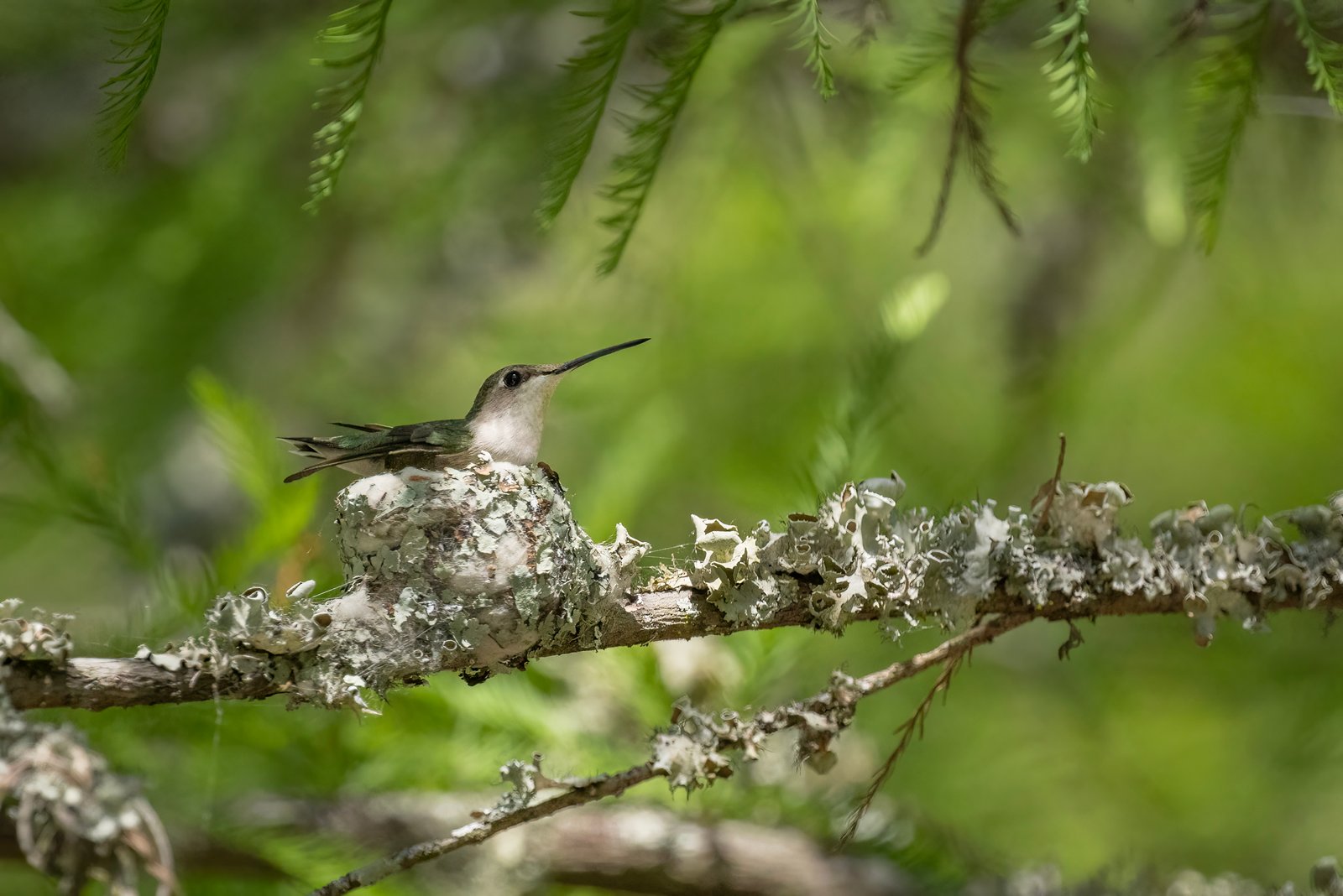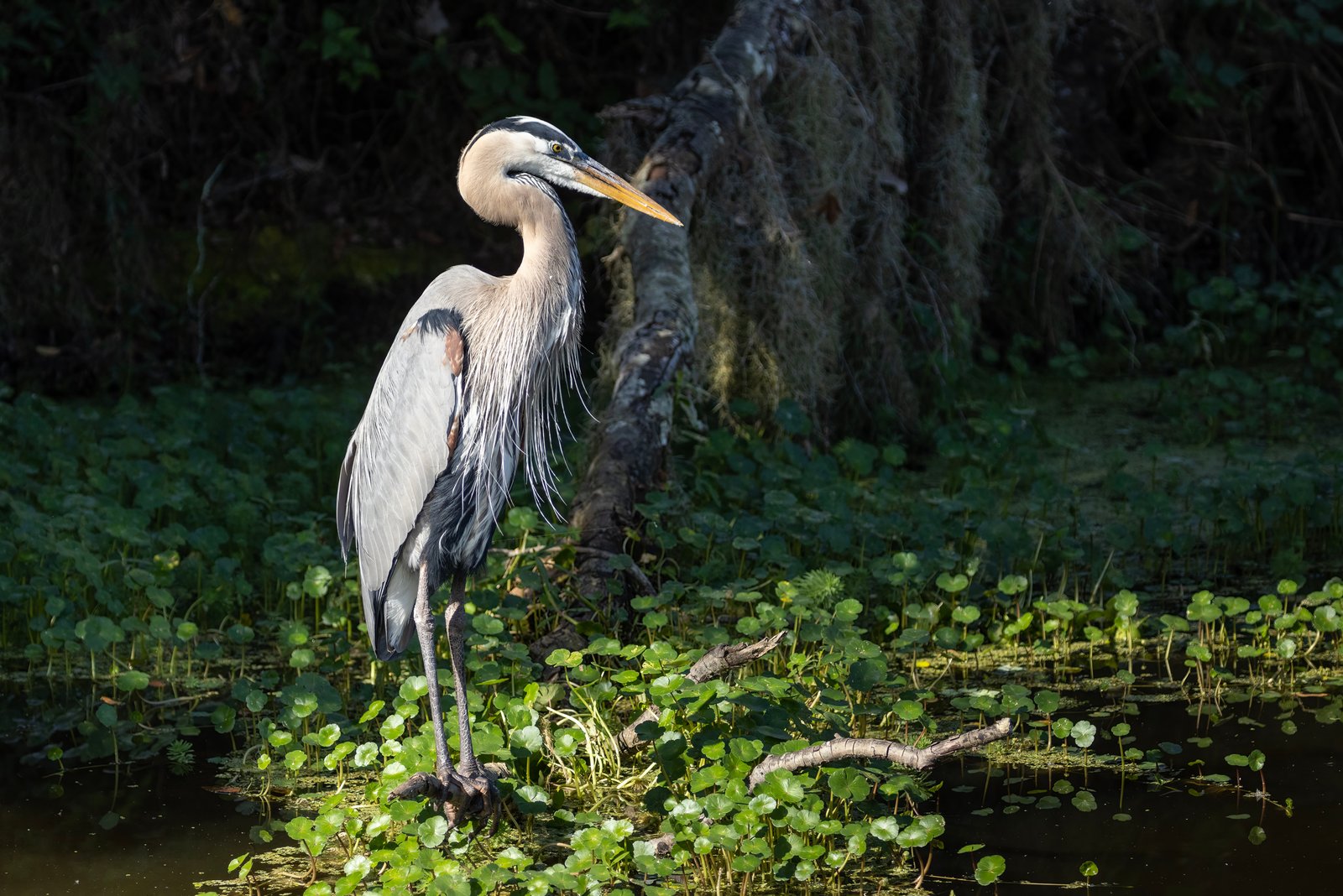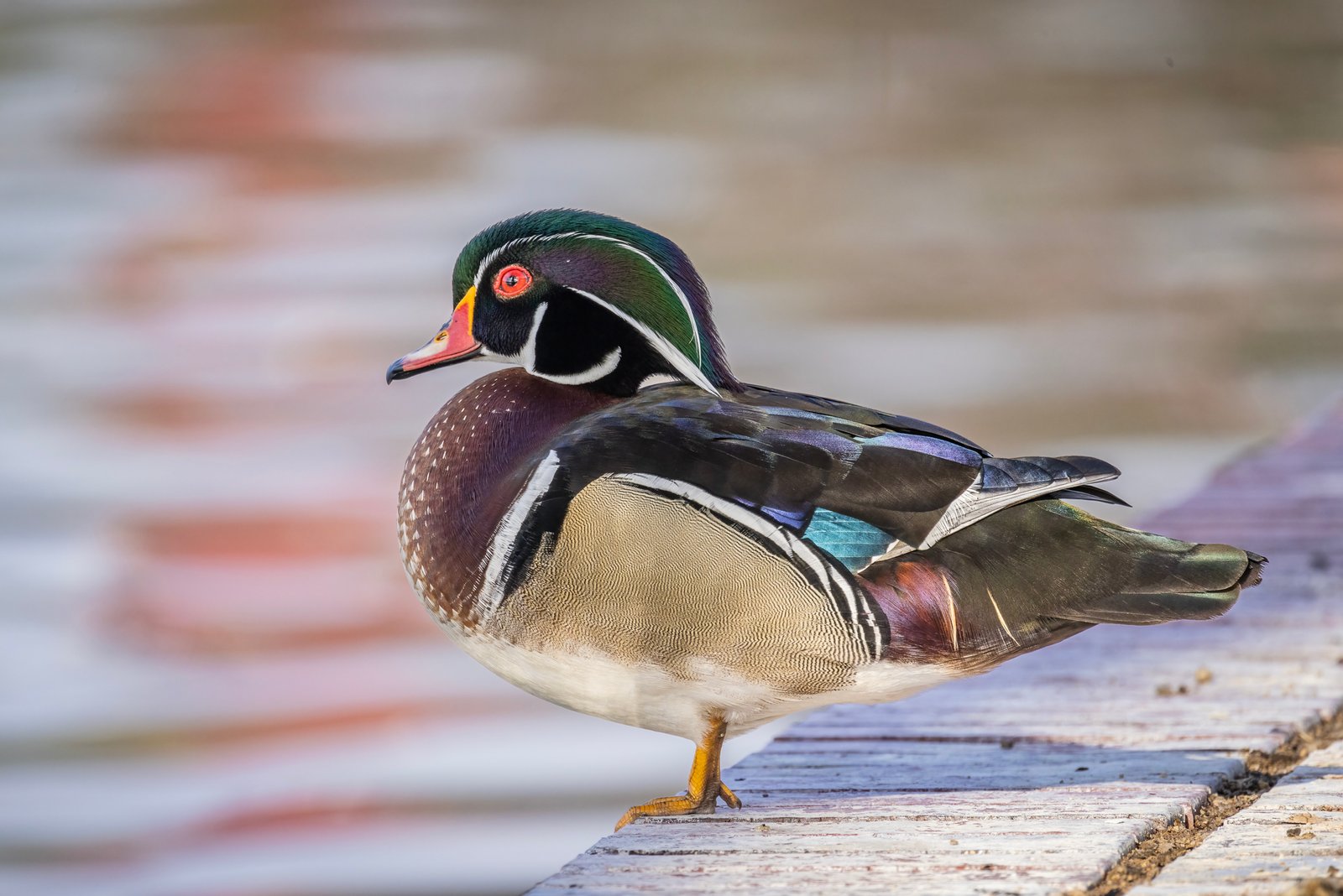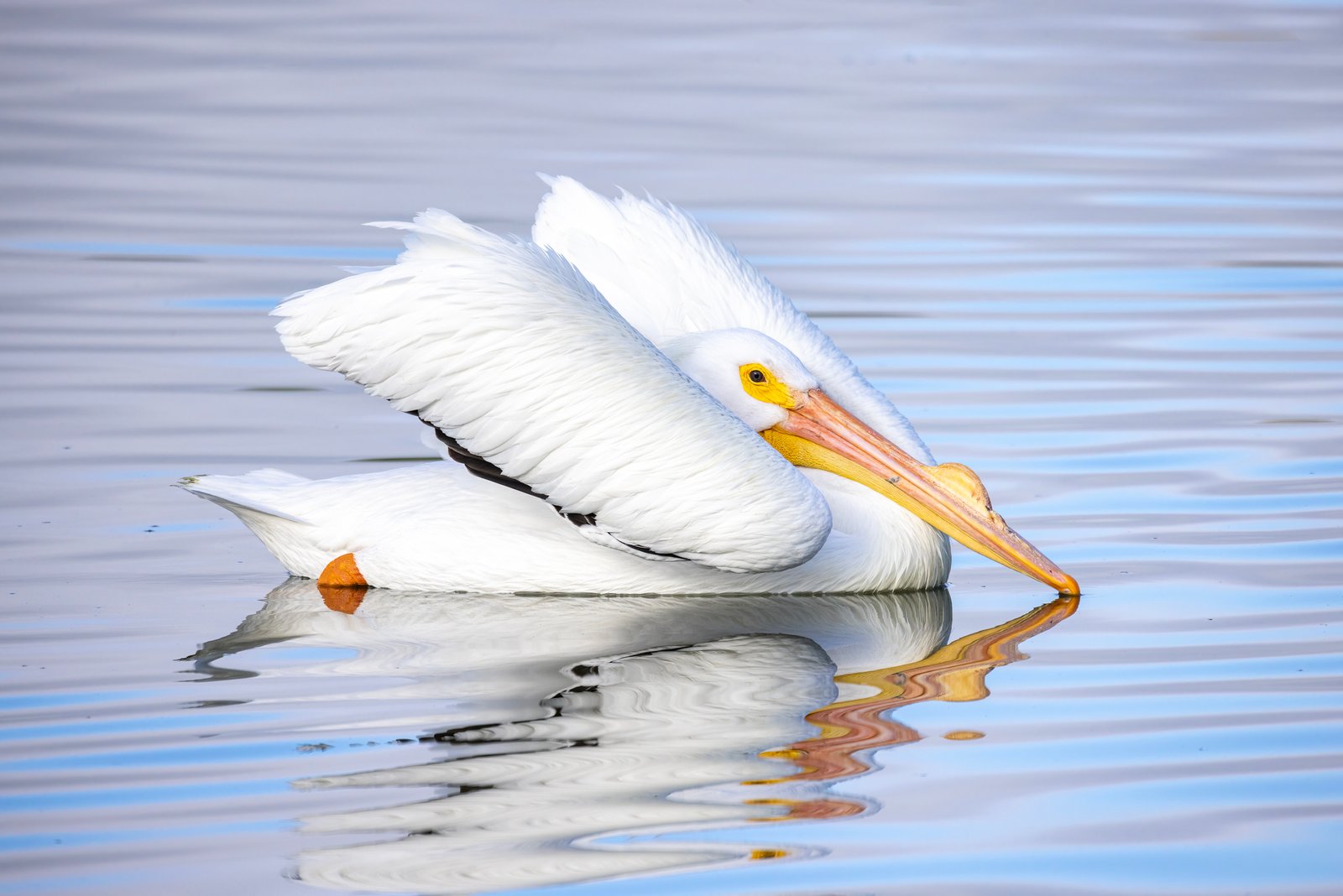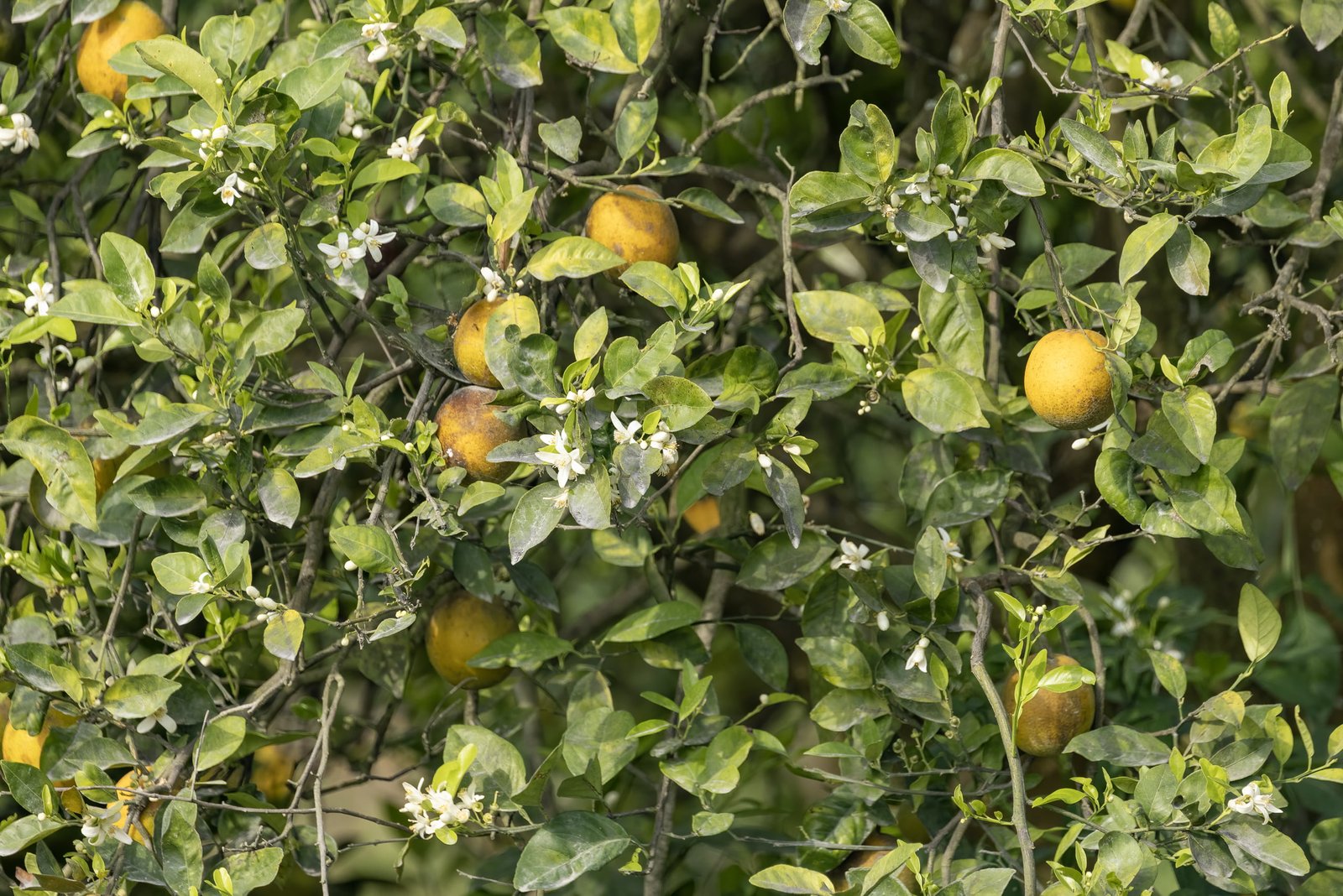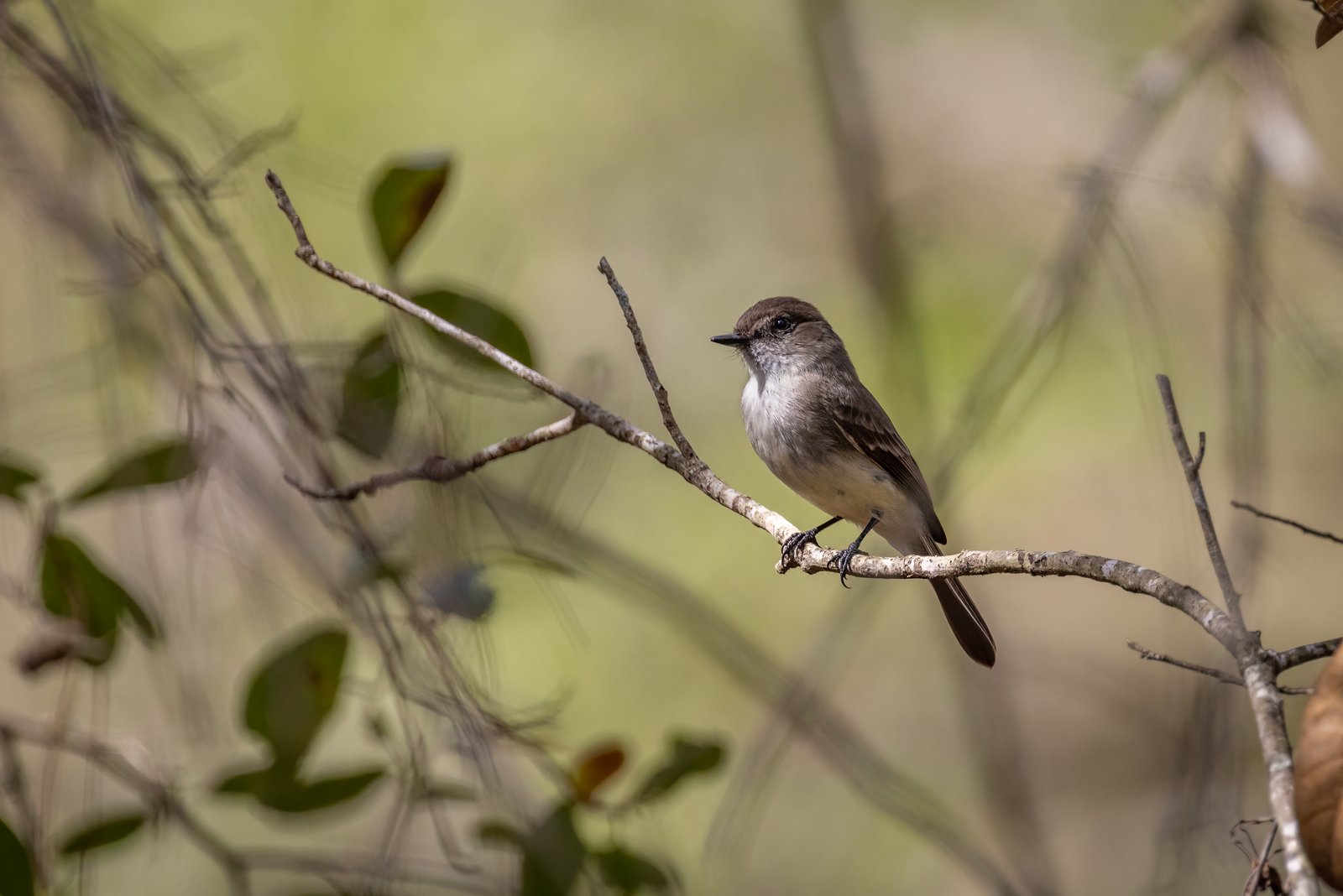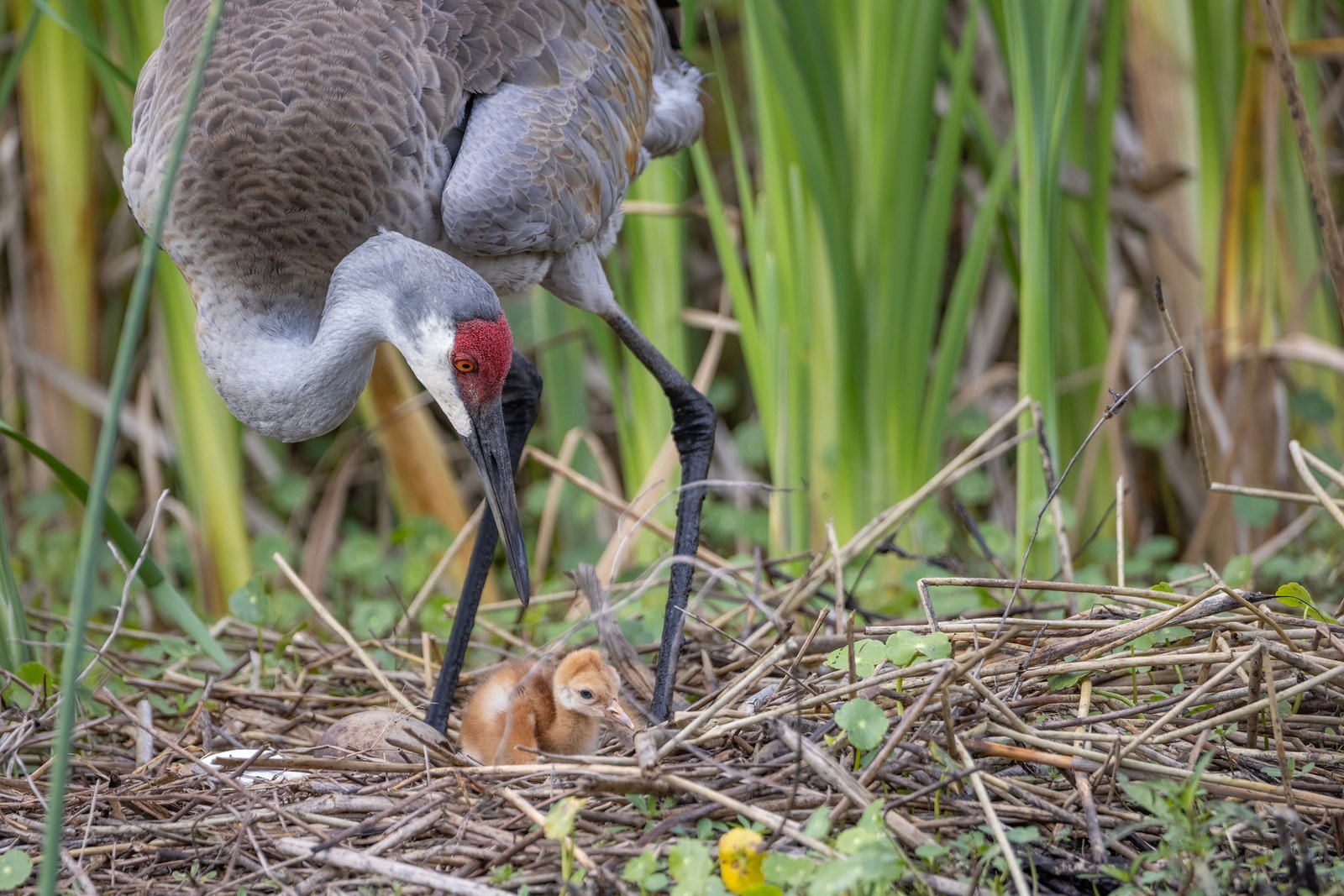Summertime in Florida is generally a quiet time for bird photos. Many of our winter visitors have gone north and won’t return until fall. But there are some species that migrate here for the summer to nest and raise their young. One of those is the beautiful swallow-tailed kite. They travel all the way from South America and stay here from March to August.
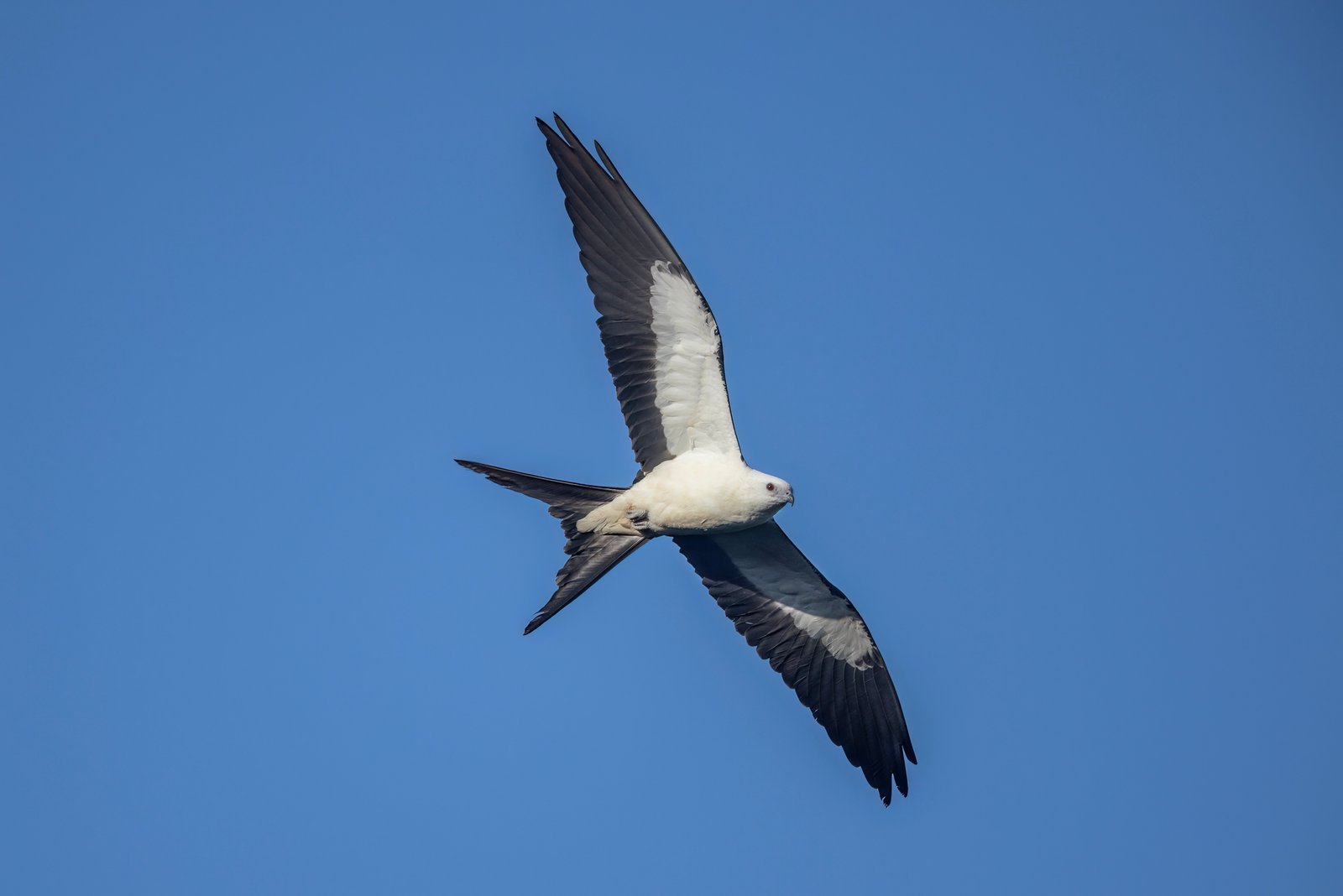
My good friend and fellow photographer, Art Nadelman, and I, talked about our aspirations for this year and at the top of our list was to capture some good shots of kites. Since swallow-tailed kites spend most of their days in the air, our goal was to get them before they left their morning roosts. The challenge is finding those locations. Kites typically nest and roost in very remote areas near water which makes them inaccessible.
As the breeding season winds down and the return flight back to South America approaches, the kites begin to congregate in large groups in just a few spots around the state. The numbers can reach as many as 1500 birds. The peak time for gathering is usually mid to late July. I’ve included a couple of links to read more about these amazing birds.
This week we had the opportunity to achieve another goal. We went out with a guide that we learned about from a friend. The experience was incredible. We loaded up our gear on his boat before sunrise and headed out on a 4-mile journey through channels and floating water hyacinths to get back to the birds. When we rounded the last of what seemed like endless turns, there at the tops of the giant cypress trees were hundreds of the bright white kites. It was a “WOW” moment!
Our guide worked with us to quietly maneuver the boat into great spots for us to get the best shots. We finally got our photos of swallow-tailed kites on perches. As the sun rose higher, the birds began to awaken and start preening for their day long flights. Eventually a few would test the breezes and search for the thermals that they would ride the rest of the day as they headed out to feed. Then more would take off and begin circling and rising – a process called “kettling” because it resembles stirring a kettle. Occasionally one or more birds would drop down and swoop across the water to get a drink or sometimes just to splash their feathers. This makes for a favorite shot for photographers. Unfortunately, we only had 2 “swoopers” that morning and my only shot was of a bird flying away.

By around 10-o-clock, the trees and skies were empty, and the birds had gone off to feed for the day. According to our guide, they usually start returning a couple of hours before sunset to settle in for the night. In between, they soar all day looking for bugs, lizards, frogs, or small snakes. In a few weeks, they’ll be on their way south again.
I’ve attached some links for more information about these magnificent birds.
- Swallow-tailed Kite – American Bird Conservancy (abcbirds.org)
- Swallow-tailed Kite Overview, All About Birds, Cornell Lab of Ornithology
- Swallow-tailed Kite | Audubon Field Guide
- Florida Critical to Swallow-Tailed Kites Survival | Bay Soundings
A few more pictures from this journey are featured below. For a larger selection of photos, go to the galleries listed.


